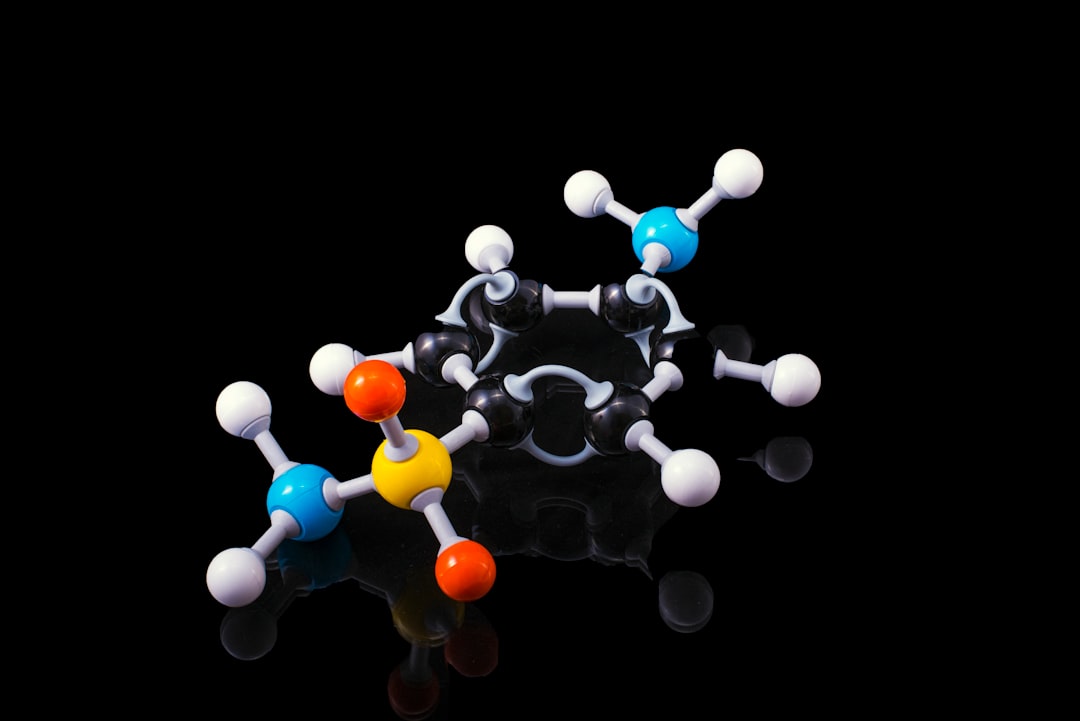What is it about?
Our study explores a new method to break down bacteria using a special type of material called BaTiO3. When this material is treated in a certain way, it develops a kind of "leftover charge" on its surface. This leftover charge slows down the recombination of particles when exposed to light, making it really good at breaking down bacteria. The treated material also helps create tiny molecules that can harm bacteria, and when exposed to special light, it becomes even better at fighting off bacteria. This happens because the treated material affects the bacteria's outer layer and other important parts, eventually leading to the bacteria being destroyed. Essentially, our findings show that by treating this material in a specific way, it can become a powerful tool in battling bacteria, particularly when combined with light exposure.
Featured Image

Photo by Hal Gatewood on Unsplash
Why is it important?
Our work offers a unique insight into the realm of antibacterial materials and their photocatalytic properties. By examining the impact of remnant surface polarization on the photocatalytic and antibacterial performance of BaTiO3, we unveil a novel approach to bacterial degradation through ferro-photocatalysis. Our study highlights not only the efficient breakdown of bacteria facilitated by the polarized BaTiO3, but also sheds light on the enhancement of antibacterial activity under UV irradiation. This work emphasizes the timely convergence of materials science, photocatalysis, and antibacterial research, portraying the potential of tailored materials to combat bacterial threats. By uncovering the potential impact of remnant surface polarization on these properties, our findings open up new pathways for the development of advanced antibacterial materials and photocatalytic technologies. The unique aspect of our work lies in its multidisciplinary nature, encompassing materials engineering, photocatalysis, and bacteriology. By elucidating the role of remnant surface polarization in enhancing antibacterial properties, we pave the way for the design and synthesis of tailored materials for efficient bacterial degradation. Furthermore, our findings bear significance in addressing the pressing need for innovative antibacterial technologies, offering a promising avenue for the development of advanced materials capable of combating bacterial infections and promoting public health. By shedding light on the intricate interplay between material polarization, photocatalytic performance, and antibacterial activity, our work not only contributes to the academic discourse in materials science but also holds implications for practical applications in sectors such as healthcare, environmental remediation, and sanitation. This unique combination of relevance, timeliness, and practical significance is likely to draw attention from a wide readership, including researchers and professionals in the fields of materials science, nanotechnology, antibacterial technologies, and public health. I believe the unique insights and practical implications of our work have the potential to captivate a broad readership, fostering interest from both academic and professional communities seeking innovative solutions to combat bacterial threats.
Perspectives
As an individual, I find this publication to be exceptionally exciting and impactful. The exploration of how remnant surface polarization influences the photocatalytic and antibacterial performance of BaTiO3 presents a fascinating intersection of materials science, nanotechnology, and antibacterial research. The potential applications of this work in enhancing antibacterial technologies and promoting public health are particularly significant to me. I believe that the findings not only contribute to the advancement of scientific knowledge but also hold promise for tangible real-world applications. In an era where the development of novel antibacterial materials is crucial, uncovering the role of remnant surface polarization in enhancing antibacterial properties opens up new doors for addressing bacterial threats in diverse settings. Moreover, the multidisciplinary nature of this research excites me greatly. It showcases the power of interdisciplinary collaboration in tackling complex challenges. The amalgamation of materials engineering, bacteriology, and photocatalysis in this study is a testament to the potential of collaborative efforts in driving innovative solutions. Overall, I am genuinely enthusiastic about the potential implications of this work and how it may contribute to the ongoing efforts to develop advanced antibacterial materials and technologies. I believe that this publication has the capacity to make a positive impact on both the academic discourse and the practical realms of antibacterial research and technology development.
Evgeny Kabachkov
Institute of the Problems of Chemical Physics Russian Academy of Sciences
Read the Original
This page is a summary of: Impact of remnant surface polarization on photocatalytic and antibacterial performance of BaTiO3, Journal of the European Ceramic Society, August 2019, Elsevier,
DOI: 10.1016/j.jeurceramsoc.2019.03.029.
You can read the full text:
Resources
Contributors
The following have contributed to this page










